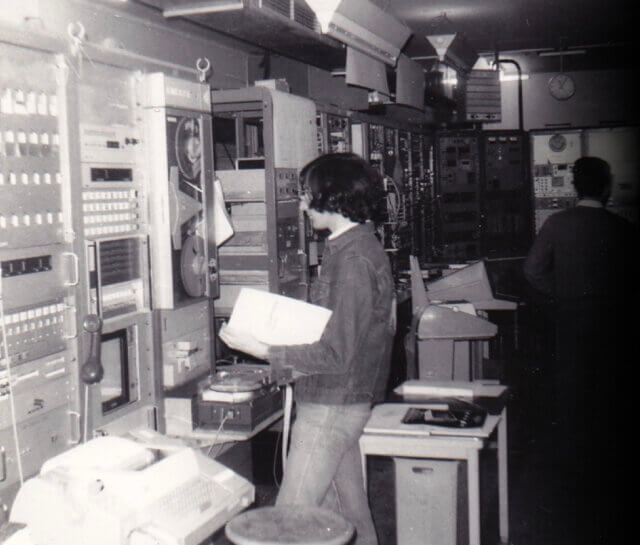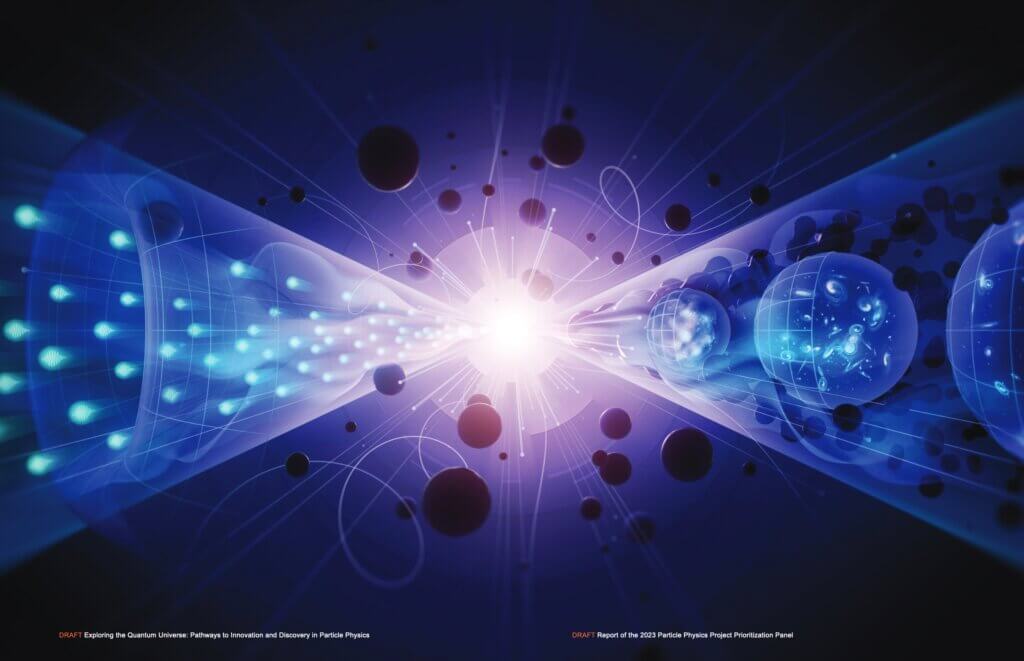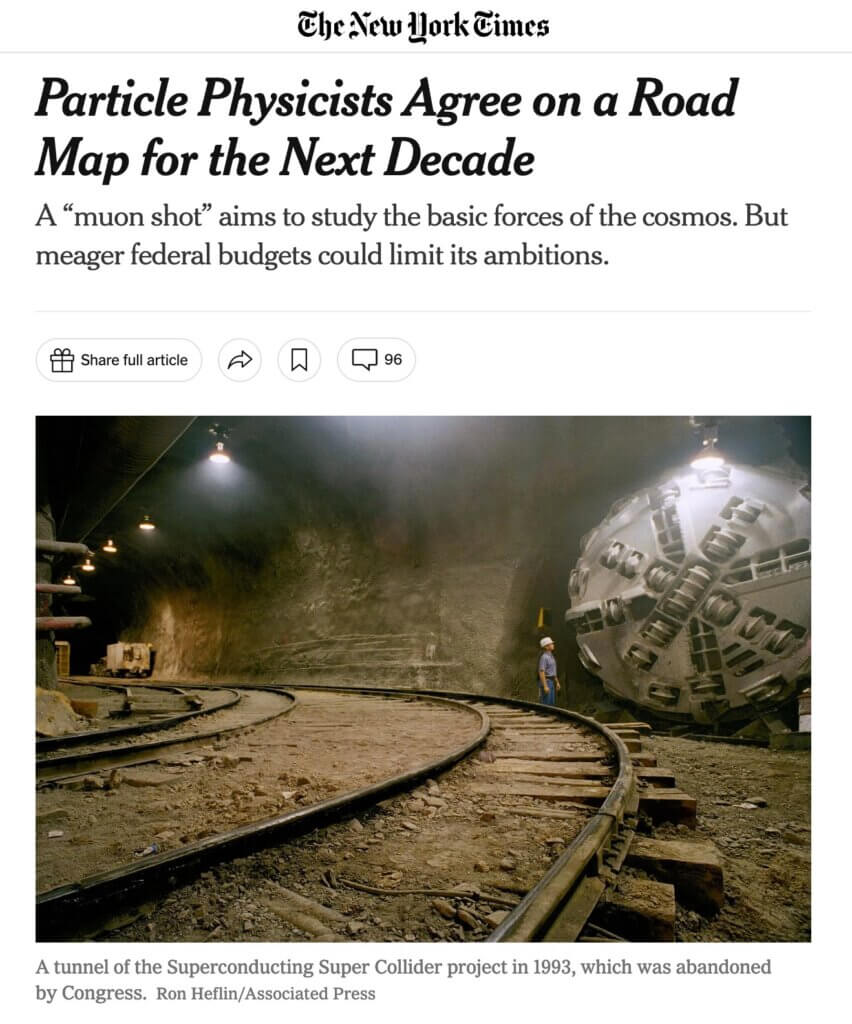I’m concerned about the future of high-energy physics research.
Fifty years ago, I worked on a ground-breaking high-energy physics neutrino experiment at the Conseil Européen pour la Recherche Nucléaire (better known as CERN) particle accelerator in Geneva. In July 1973, the Gargamelle collaboration presented the first direct evidence of a theory that successfully reduced the number of separate fundamental force theories in physics from four to three.

Although I haven’t been a practicing physicist for decades, I try to stay informed about progress in the field. So, when the New York Times reported that the U.S. high-energy physics community recommends we build a new kind of particle accelerator in the United States, I took a look at their recommendations. And learned that particle physicists in the United States say we should spend billions on a muon collider.
Particle Physicists Agree on a Road Map for the Next Decade
I’m skeptical this is a good use of public funds. Here’s my response, written as a comment to the NY Times article.

“I have an ancient Ph.D. in experimental high-energy particle physics from working (lucky me) on one of the most important experiments in the second half of the 20th century; the discovery of neutral currents in the Gargamelle bubble chamber at CERN. This was the first evidence that the Weinberg–Salam electroweak theory was correct, leading to the reduction of the number of separate fundamental force theories from four to three (gravity, electroweak, and strong).
I left the field in 1978 and, in retrospect, I’m glad I did. Before I left, the Higgs boson had already been predicted by the Standard Model, and its eventual discovery in 2012 did not give us any new fundamental physics.
Some would disagree, but I and many other physicists think there have been no significant advances in experimental particle physics in the last fifty years.
Meanwhile, theoretical physicists have been futzing around with string theory for the same period with little success. That doesn’t mean, of course, that there isn’t a brilliant grad student who might be making a breakthrough right now. Theoretical physics needs to continue.
Though understanding our universe through science is incredibly important, it’s hard for me to be positive about spending the kind of money described in this article on experiments _until_ we have some new physics theories we can afford to test.”
Responses
This was the sixth-highest “Reader Picks” comment on the article, and it garnered a couple of replies. One argued that the experimental confirmation of neutrino oscillations/mass and the Higgs boson were noteworthy. I agree that these experiments were important, though both had been predicted by theoretical physicists before I got my Ph.D. The other agreed with me:
“Exactly! What theories can help us unify quantum and general relativity? What testable hypotheses do the theories imply? And what do THOSE experiments cost to run? CERN’s LHC hasn’t yielded “new physics.” Why should we believe a bigger particle accelerator will? Would we be better served say, using the same funds for space telescopes, advanced super computers, etc?”

But these are my concerns about the future of high-energy physics research in the United States.


Thank you, Adrian. Beyond me, I sent in to cousins whose 13 yo older child is interested. I talked with their grandma at length on Saturday and learned of this passion. Your timing is exquisite!
Healthy new year wishes.
A happy and healthy new year to you too, Joan. Thank you for letting me know how something I wrote will reach an unexpected place! You never know how far the ripples spread…